T4K3.news
Retina Sets its own timing
A new study shows the retina starts timing visual signals before they reach the brain, changing how we understand sight.
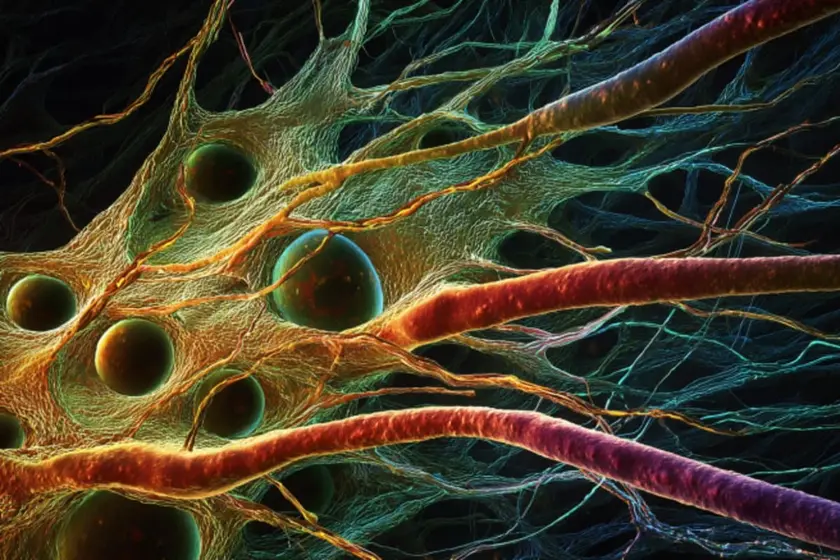
A new study shows the retina helps synchronize visual signals before they reach the brain, changing how we understand sight.
The Retina Synchronizes Vision Before Signals Reach the Brain
Researchers from the Institute of Molecular and Clinical Ophthalmology Basel (IOB) report that longer retinal ganglion cell axons have larger diameters and faster conduction speeds, helping them catch up with shorter pathways. This built in tuning reduces arrival time differences to a few milliseconds and supports a single, coherent image from the start of the visual pathway. The work, published in Nature Neuroscience, shows that synchronization begins in the retina and not only in the brain.
The study notes that timing alignment results from both axial tuning in the retina and subsequent adjustments in the brain. It used measurements from the human fovea, direct neural recordings, and computational modeling to show how signals from different parts of the retina can arrive together at the brain despite varying distances.
Key Takeaways
"The eye keeps time without waiting for the brain."
tweetable highlight about retina timing
"Longer axons have larger diameters and faster conduction speeds."
scientific finding
"A built in timing system lives in the retina."
editorial insight
"Perception travels a little smarter than we thought."
general takeaway
This shifts a long held view in neuroscience. If timing begins in the retina, researchers may rethink how sensory disorders are understood and how visual prosthetics are designed. The finding also invites broader questions about development, as scientists ask how nerve fiber diameter is regulated and how membranes influence signal speed.
The results point to a distributed sense of timing that involves both eye and brain. That could affect how researchers approach timing related issues in vision, and it may influence funding and collaboration patterns across disciplines.
Highlights
- The eye keeps time without waiting for the brain
- Longer axons have larger diameters and faster signals
- A built in timing system lives in the retina
- Perception travels a little smarter than we thought
The eye may be the first maestro of our sense of time.
Enjoyed this? Let your friends know!
Related News

OpenAI Launches GPT-5 Today
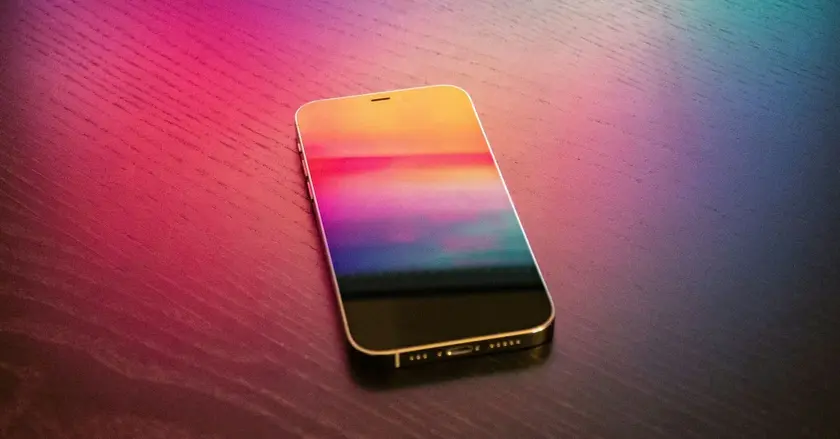
Apple plans to give iPhone an Ultra Retina XDR display
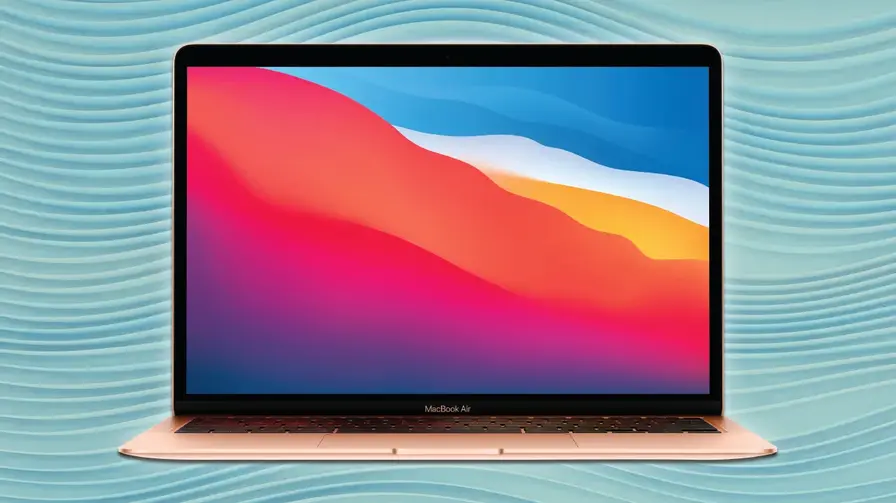
MacBook Air Deal
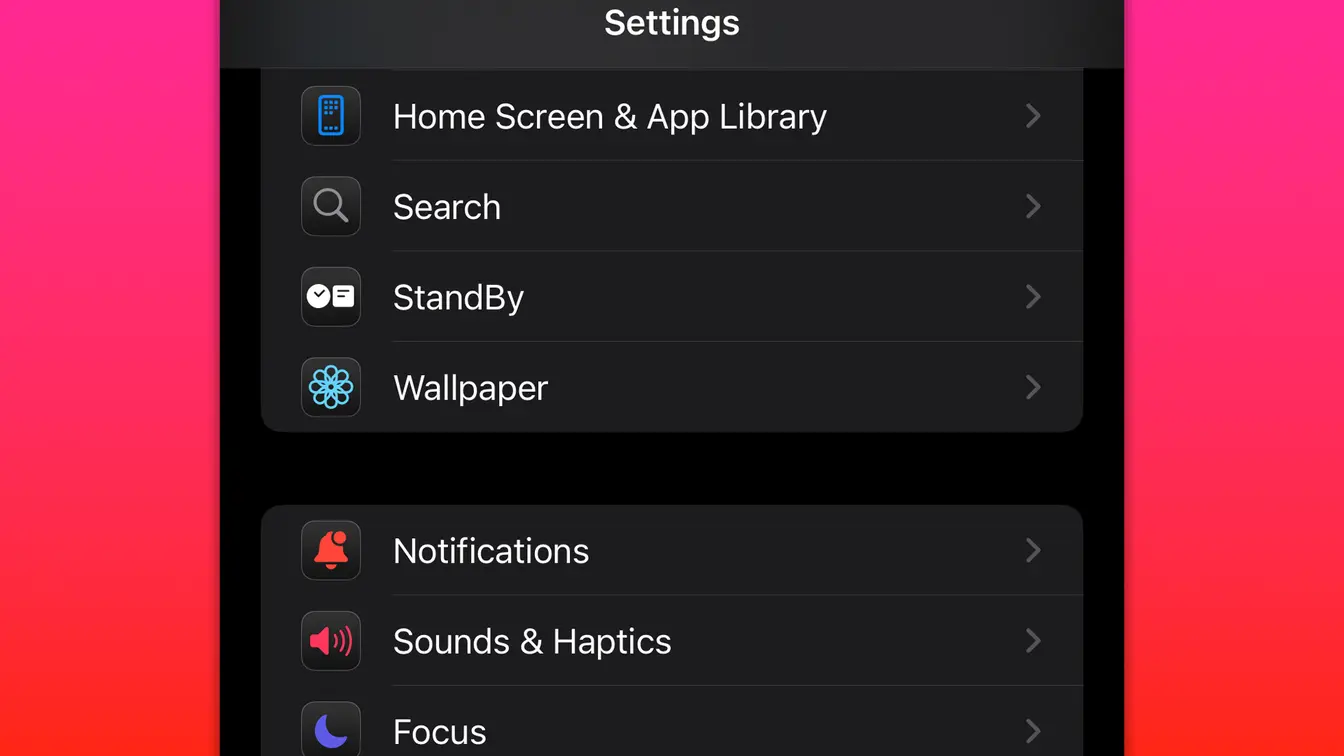
Screen Time enables snooping detection
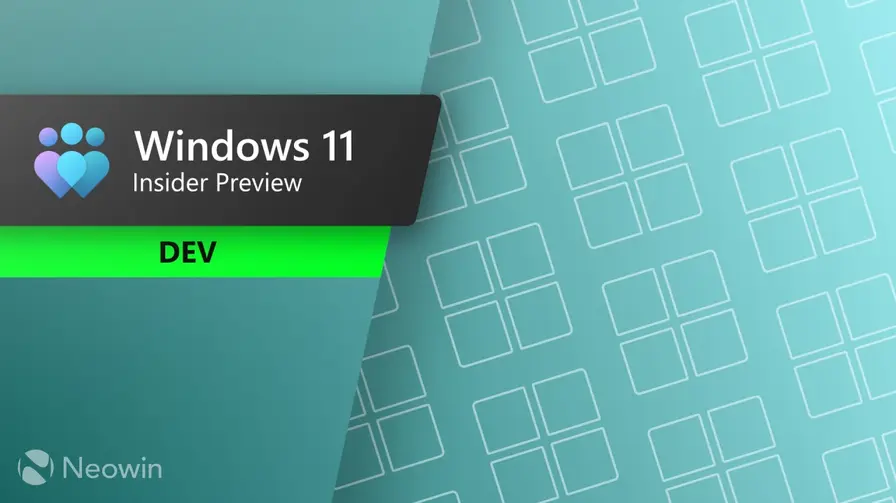
Windows 11 25H2 moves more Control Panel into Settings

Nintendo updates parental controls app
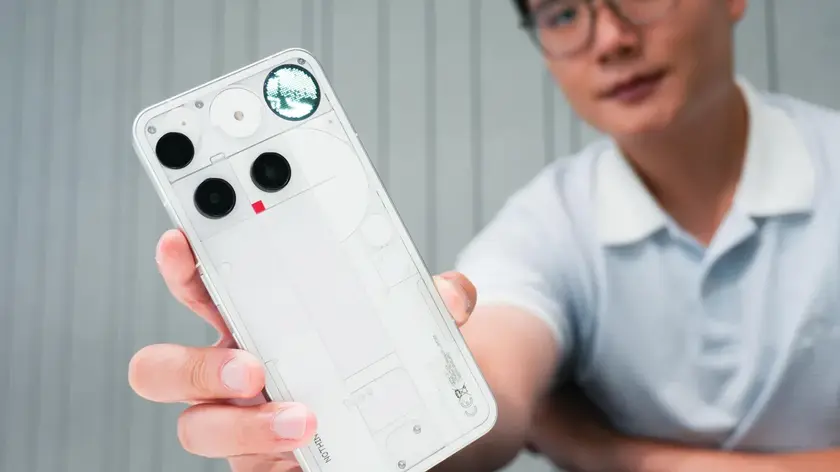
Android battery tweaks add hours of life

Jet Set Radio adapted for Game Boy Advance
